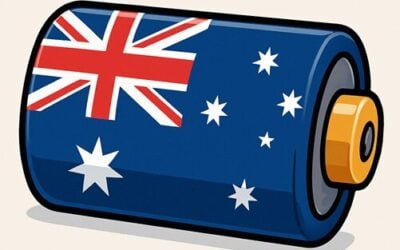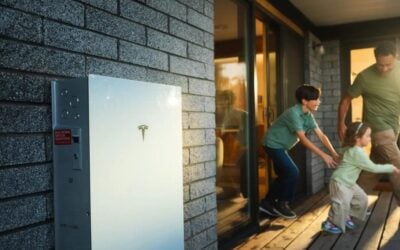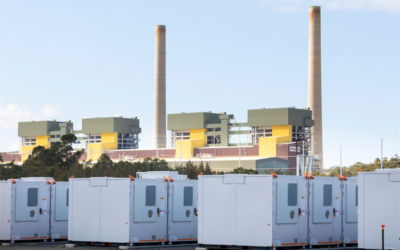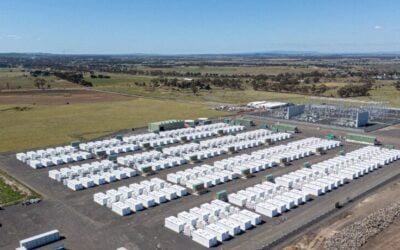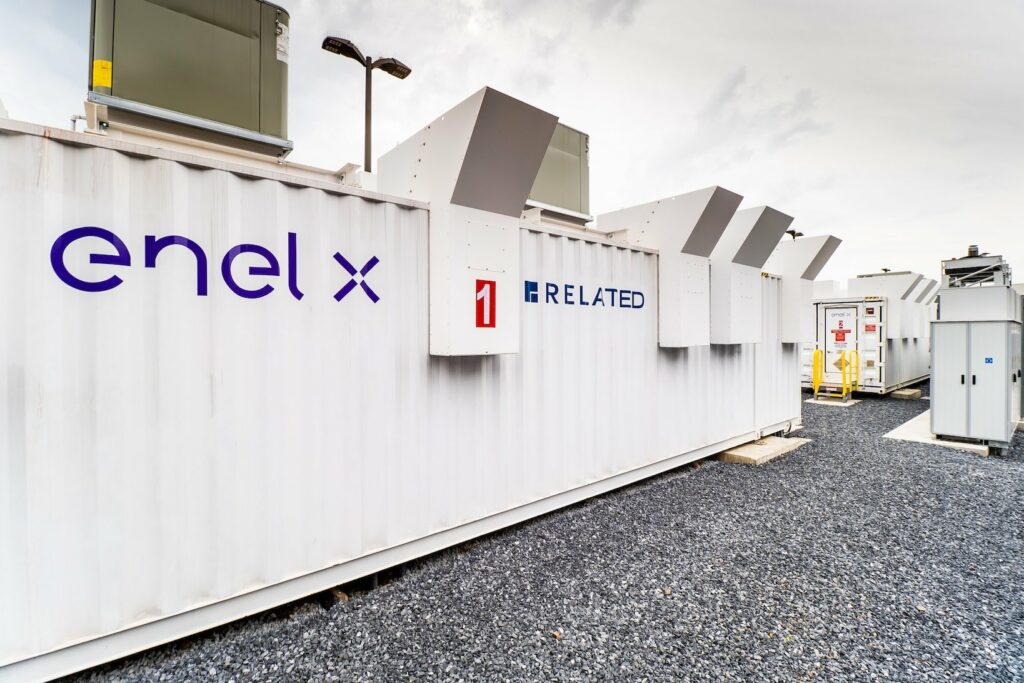
Smart energy solutions company Enel X has celebrated being the first demand response service provider in Australia to register in a new opportunity to provide flexibility to the National Electricity Market (NEM).
The new Wholesale Demand Response Mechanism (WDRM) rule change has been developed and launched by the Australian Energy Regulator (AER) and went into effect yesterday (24 October) in the wholesale market overseen and run by the Australian Energy Market Operator (AEMO).
It is a long-term mechanism to incentivise demand response, allowing electricity consumers to sell their demand response capacity in the NEM as a new category of market participant, the Demand Response Service Provider (DRSP).
Essentially allowing DSRPs to submit dispatch bids for their wholesale demand response unit, or aggregated units, for trading, it will allow the AEMO to better manage electricity supply and demand on the grid.
Try Premium for just $1
- Full premium access for the first month at only $1
- Converts to an annual rate after 30 days unless cancelled
- Cancel anytime during the trial period
Premium Benefits
- Expert industry analysis and interviews
- Digital access to PV Tech Power journal
- Exclusive event discounts
Or get the full Premium subscription right away
Or continue reading this article for free
The rule change follows shortly after the introduction of Five Minute Settlement (5MS) into the NEM wholesale market, which was described as a “massive” creator of opportunity for battery storage and also happened this month.
Enel X said this morning that it registered demand side response resources last Thursday. Its assets in Australia include a virtual power plant (VPP), aggregating distributed energy resources (DER) and power equipment at a growing number of commercial and industrial (C&I) customers’ facilities.
The company, basically the digital and smart DER arm of Italian energy multinational Enel Group, said its participating customers will be competing with traditional power stations in the spot market, getting paid to reduce their power consumption when called upon to do so.
The VPP and other C&I customer projects include battery storage resources, alongside backup generators and flexible load assets likes pumps, compressors and fans. Enel X said its VPP has registered more than 250MW for participation in frequency control ancillary services (FCAS) reserves markets in the NEM.
“Today marks a huge milestone for the wholesale market, and an opportunity for businesses to earn a significant new revenue stream while supporting Australia’s most affordable path to decarbonisation,” Head of Enel X Asia and Oceania, Jeff Renaud, said.
“Progressive organisations recognise the importance of developing demand response capabilities to support their sustainability objectives and are seizing this opportunity. The market urgently needs new, flexible resources to balance renewables and replace retiring coal generation. Demand response is the most cost-effective resource available, and we are working to maximise its use to ensure affordability and reliability of power during the renewable energy transition.”


